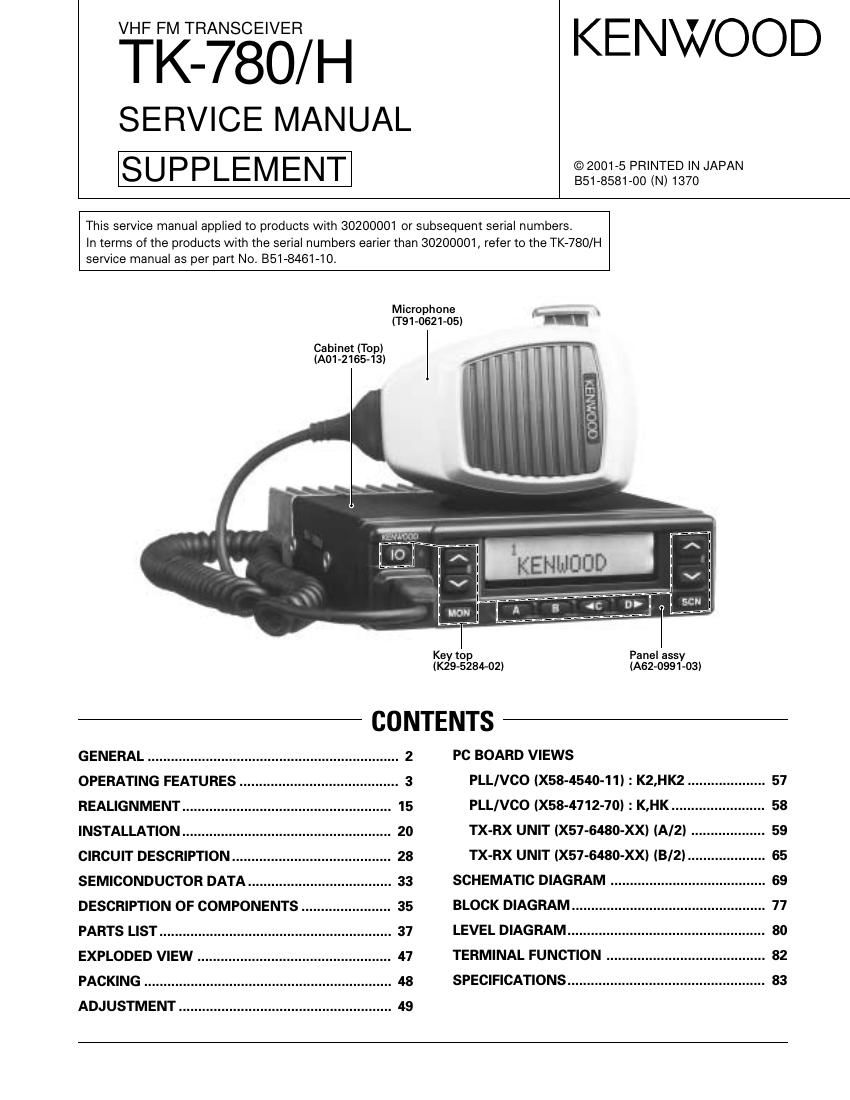Kenwood TK 780 H Service Manual
This is the 69 pages manual for Kenwood TK 780 H Service Manual.
Read or download the pdf for free. If you want to contribute, please upload pdfs to audioservicemanuals.wetransfer.com.
Page: 1 / 69
